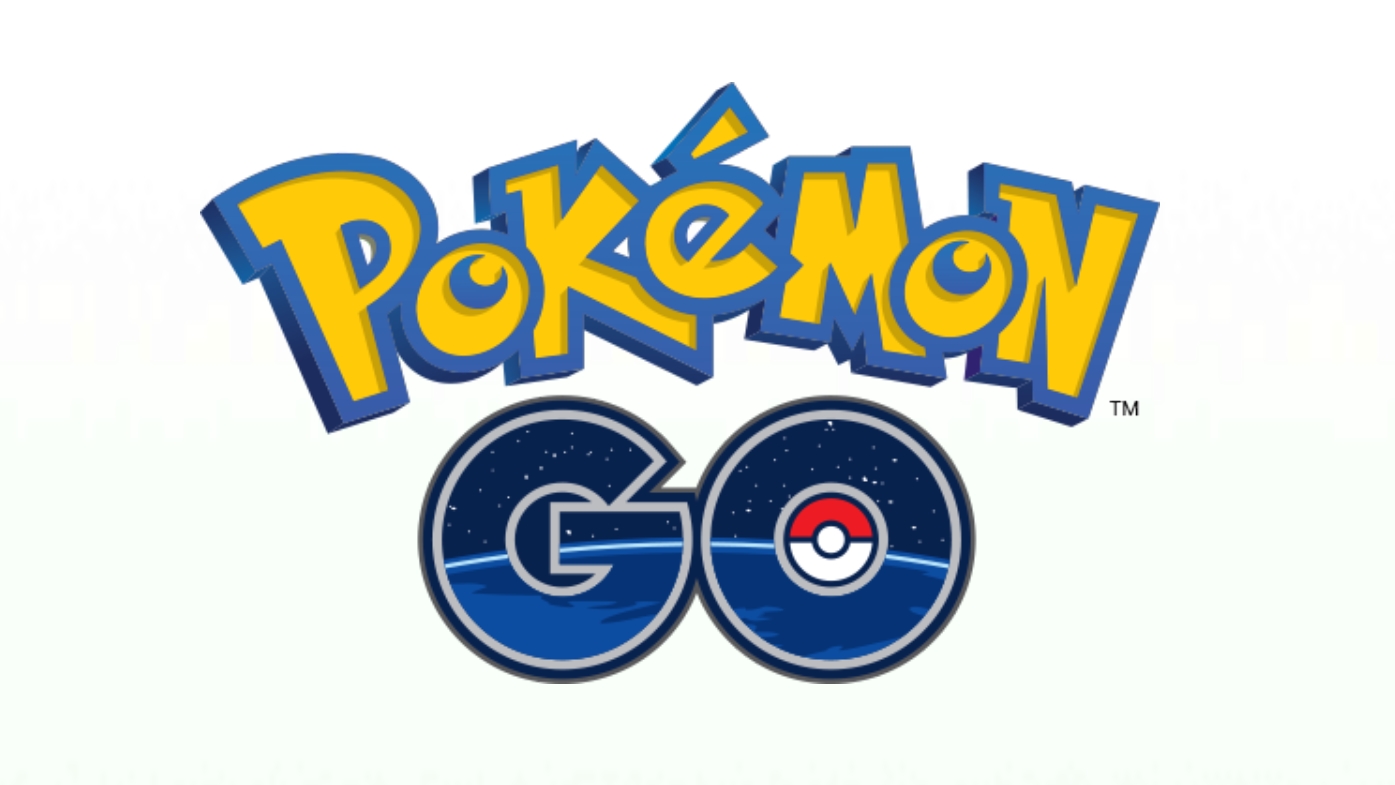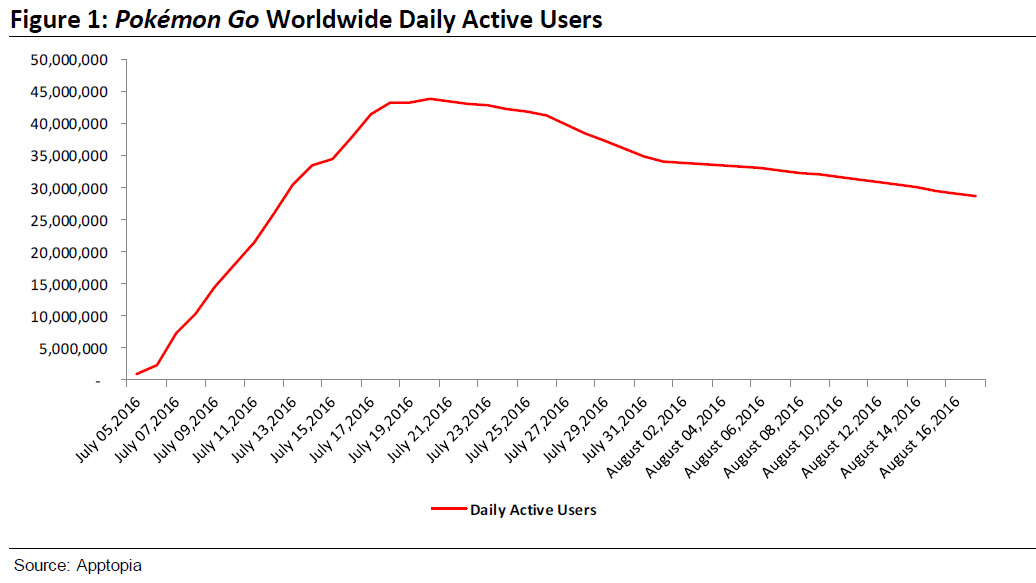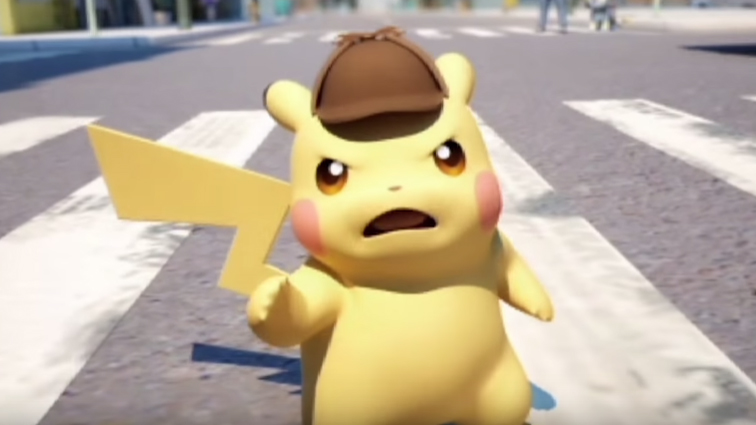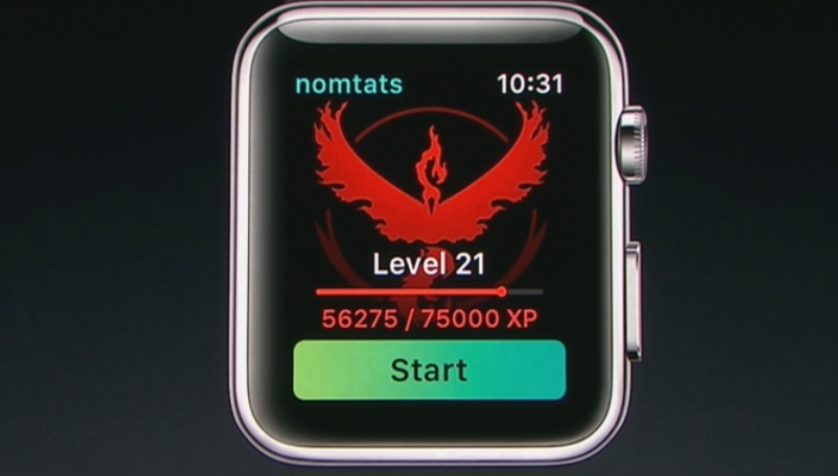Pokemon Gone: how Pokemon Go can bring back lapsed trainers
Detective Pikachu is on the case

When it was first released in July of this year, Pokémon Go immediately captured the attention of the world. Not only did it beat the record for the most downloaded app in its first week, it racked up more daily users than Facebook and Twitter, and now it's able to boast over 100 million downloads across iOS and Android.
You didn't even need to see solid numbers to know that the app was a stratospheric success: glancing out of your window to regularly see groups of adults and children searching the street for an elusive Pikachu was a pretty good indication in and of itself.
Just a few months later, though, the app is beginning to show signs of decline. Data gathered by Sensor Tower, SurveyMonkey, and Apptopia shows that Pokémon Go's daily active users, download numbers, engagement, and time spent on the app per day are not only much lower than they were at the height of the app's popularity, but are continuing to decline.
A steady decline
A drop in downloads and a slight decline in the number of active users is to be expected for an app that exploded so suddenly onto the scene; most of the people who would have any interest in such an app will have already downloaded it and those who downloaded it purely to satiate their curiosity will have left it languishing in their app drawer after realizing it wasn't for them.
However, the drop in daily active users has been quite significant – over 10 million users have stopped playing between July and mid-August – and with overall engagement and time spent on the app per day also declining, things aren't looking too great for Pokémon Go's longevity.

It's worth bearing in mind, though, that Pokémon Go perhaps feels older than it is purely because it became so ubiquitous so quickly. Most apps will determine whether or not they've been successful by how well they retain their users on a month to month basis, so judging fluctuations in Pokemon Go's daily users and predicting the app's end from these numbers seems premature to say the least. The game hasn't even completed its worldwide launch yet.
Still, and I'm fairly sure it can't just be me that's noticed this, but people are generally less enamored with the game than they were when it was first released. It's less common to see herds of excited players running to catch a rare Pokemon that's appeared nearby; fewer people are pulling out their phones and demanding to compare Pokedexes; in my own flat it's less of a talking point and even I'm finding myself opening the app less often than I used to.
Sign up for breaking news, reviews, opinion, top tech deals, and more.
So what gives? Rather than assuming that the game's decline is a simple matter of inevitability, I decided to ask around and find out why people I knew had previously enthused about the game simply didn't appear to be all that interested anymore.

A drain on patience and battery life
The most common issues raised among close friends were battery life and data allowance. After being swept up in the initial fun of the game, my flatmate found that after the novelty had worn off, the drain the game caused on her phone's battery became increasingly aggravating. As a result she found that continuing to play the game on a daily basis was next to impossible if she wanted her phone to stay alive past lunchtime.
For me, data allowance was a big problem: without an unlimited contract I found the game sapped up my data within the first couple of weeks in a month. Desperately hopping between WiFi hotspots makes the entire Pokémon hunting experience significantly less enjoyable.
When I asked my colleagues at the TechRadar office why they had stopped playing, each of them found it easy to list off more than one aspect of gameplay that had grated on them to the point of no replay.
Editor, Patrick Goss, felt that there was an "utter failure to make the Gym experience entertaining, challenging or even in any way sensible" and that the entire thing ended up feeling like "grind without reward."
Mobile editor, Gareth Beavis, agreed that the gyms had failed to add anything to the game, saying that they were "pointless" and "impossible to keep" or level up. He added that the game was also incredibly poor at measuring distances traveled, particularly when on a long run which increased the feeling of grind without reward that Patrick experienced.

For our home technology writer Jon Porter, the whole game began to feel "very directionless" when he found himself going out and catching the same Pokémon over and over again. This became especially frustrating, he said, when the footsteps feature disappeared along with third-party tools like PokéVision. "Just give me something to do that isn't aimlessly walking around," he pleaded.
Phones Wearables and Tablets editor, John McCann, also found seeing the same Pokémon over and over annoying, saying that he now regularly only sees "the same 5 or so Pokémon that I've already caught a million times." This wasn't helped by the fact that leveling up Pokémon became more and more of a chore as XP requirements soared.
So not everyone had the exact same gripes. However, a common thread in these complaints is that after a time Pokémon Go lacked a sense of purpose and didn't make players feel like they were being rewarded for making an effort to find one. After a time, it just felt like there wasn't any reason to keep going.
This is a problem that's solvable and suggests to me that some of the players that have lost interest in Pokémon Go could easily be brought back with the right updates and improvements. All the game needs is, well, some more game, more of an element of play.
The thing is, at the moment Pokémon Go is in its most basic possible form; its worldwide launch isn't yet complete and as such, it hasn't had the chance to add any more meaningful gameplay.
Level up
Considering the Pokémon world is so rich there isn't exactly a dearth of engaging features for Niantic to add. One of the most obvious additions is player-on-player battles outside of gyms. Not only would this offer players another way to level up their Pokemon, it would build a greater sense of community through competition.
Another is to expand on the very basic gym structure that's currently in place; badges, leagues, type restrictions, any of these things would add a sense of purpose to joining a gym and make it even slightly more rewarding. A deeper battle system at the very least would greatly benefit the gym experience.
By far the simplest way to expand the game would be to add more generations of Pokemon. For Kanto purists this would likely be unthinkable but the simple fact of the matter is that expanding into future generations of Pokémon will make looking for and catching Pokémon a more exciting and varied experience.
As far as practicalities are concerned the fact that the game will soon be available on the Apple Watch and eventually Android Wear, should make it much easier for players to actually play Pokémon on the Go.

Essentially, although the reasons I've heard for losing interest in Pokémon Go are perfectly legitimate I definitely don't see the recent decline in player numbers as the end for the mobile phenomenon.
Still very much in the early stages of its release, there are many updates and additions that could be made to Pokémon Go to draw players back and make playing the game a much more rewarding and varied experience.
Unfortunately, like evolving high level Pokémon, adding these features could be a much more drawn out process than we'd like it to be.

Emma Boyle is TechRadar’s ex-Gaming Editor, and is now a content developer and freelance journalist. She has written for magazines and websites including T3, Stuff and The Independent. Emma currently works as a Content Developer in Edinburgh.